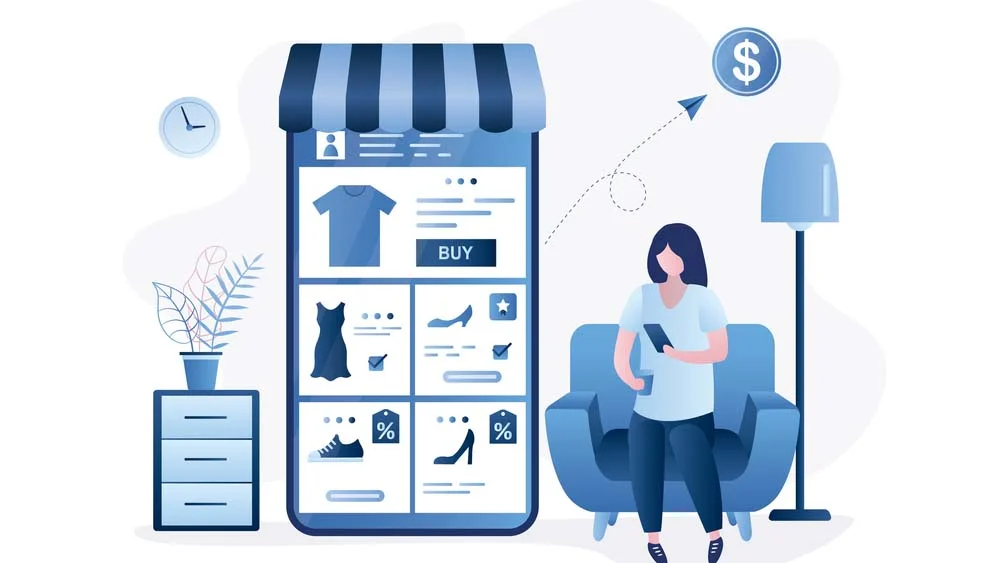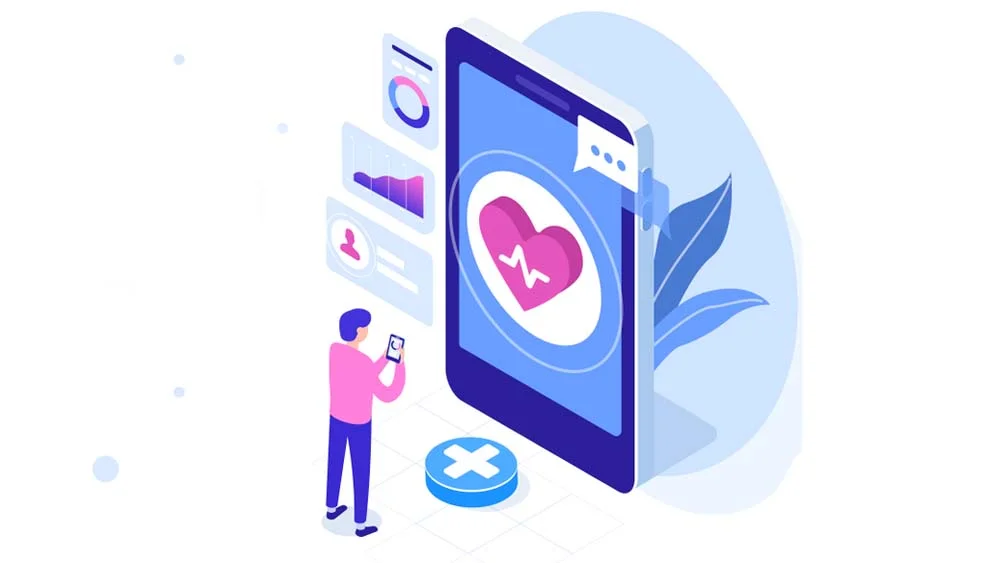Businesses that Can Benefit from The No-Code Movement
The no-code movement isn’t new, but it has gained momentum recently. Companies use it now to create all types of software, from mobile apps to websites. And it does sound tempting to build software without coding knowledge in a short time. In all honesty, who doesn’t want to save thousands of dollars per project? I can’t think of anyone. The point of discussion here is whether every industry can benefit from the new software approach. Although it’s too soon to tell, we can think of a few types of businesses that will especially appreciate the no-code movement.
Brief History of the No-Code Movement
In 1981, the idea of making software without coding was born in a book called Application Development Without Programmers by tech visionary James Martin. Back then, it was merely an idea or a prediction. His vision came true, however. It started with Excel in 1985, the first no-coding spreadsheet.
The first no-coding website builder, Geocities, launched in 1992 and paved the way for more online communities, like Blogger and LiveJournal.
Ten years later, WordPress was introduced for building websites. Before WordPress, one had to know HTML to create and customize a website. A year later, in 2004, more website builders, like Squarespace, Joomla, and Wix, followed the movement.
Recently, a more advanced website builder, WebFlow, got released in 2017 and has taken the world by storm because of its freedom of customization.
Today, countless no-code platforms, from mobile app builders to automation tools, are gaining popularity, some of which operate billion-dollar industries.
Benefits of Using No-Code Platforms For Your Business
- Cost-effective: No-code platforms allow businesses to create software without the high costs associated with traditional development.
- It doesn’t take months of development, instead, the software can be finalized in a few days.
- Anyone can do it; it doesn’t take many technical skills. If you have a good idea, it can turn into software.
- Many no-code tools streamline work processes by automating tasks and facilitating many functions that would be tedious otherwise.
- They eliminate the need for extra hands since anyone can create a tool/app/software or automate a task. This saves significant money and resources.
- They are agile; instead of companies counting on legacy platforms, they can now use more updated solutions.
- Updating no-code software is as easy as creating it, making it less taxing than traditional software. Thus, companies can stay updated on new technologies and add them to their software.
- Using most no-code tools has a low learning curve, making it easy for anyone to learn at any position and age.
- The no-code industry is booming with the speed of light, already making immense progress in a short time. In a few years, it might be the staple of app development.
Let’s Name a Few Examples
E-Commerce
Many shops suffered immensely from the Covid19 surge, with customers unable to leave their houses to shop. If they didn’t adapt and go online, they would lose business, which happened to many big names.
The truth is; not everyone can build a website or app from scratch the traditional way. They would have to pay fortunes to get them done promptly. Another bitter truth is; they don’t have a guarantee that these apps or websites will succeed in the industry. No coding came to fix the problem; vendors would build or collaborate on apps to sell their products and pay a monthly or annual subscription.
Another example is e-shops using no code tools to enhance their business. For example, Impossible Foods, a Vegan Food Company, got big fast and needed external aid from Zendesk, a no-code communication tool. The collaboration was successful.
Health-Care
After the Pandemic took everyone by surprise in late 2019, everyone became concerned with their health— rightfully so. Changes in health care were imminent, calling for too many technologies but not enough programmers.
Many tools came to life, saving people. Doctors were able to provide appointment-scheduling websites and apps. Developers created apps for health assessments, contact tracing, resource allocation, patient payments hubs, and relief measures apps.
Doctors and medical entities today continue to use apps and tools to make their work easy and help those who need medical care. Valcourt Behavioural Health used a no-code agency called LowCode Agency to build a billing web app for patients. There’s also the famous ImmunceCorps, where patients having a low risk of contracting Covid19 would volunteer to help those more likely to have the virus. ImmuneCorps got built on the ZeroQode platform.
Insurance
Insurers were long reluctant to join the digital movement. It could be their hesitancy to invest in a demanding venture, but in any case, Covid19 created an urgency for digital innovation. Then, they got tempted by what the no-code movement offers in agility and cost-effectiveness.
Insurance companies can benefit from the no-code movement in many ways. For example, they can use no-code tools for customer relationship management, claims processing, and fraud detection.
Insurtech startups, such as Lemonade, have already disrupted the industry with their innovative approach to insurance and their use of no-code platforms.
With no-code tools, insurance companies can quickly develop and test new products and services and improve their existing workflows and processes.
Banking
The banking industry is known for its cautious approach to investing money in new technologies, particularly when the returns on investment are uncertain. This is particularly true regarding developing expensive and complex banking apps and websites, which can demand significant financial resources and development time. The good news is that the rise of no-code platforms has made it possible for banks to dip their toes into the waters of digital innovation without risking significant financial investments. Using these platforms, banks can test new ideas and approaches to digital banking without committing to a full-scale software development project.
Of course, there are many other benefits to using no-code platforms for digital banking innovation. For one thing, these platforms offer a much faster and more affordable way to create banking apps and websites. With no-code tools, developers can create custom solutions in a fraction of the time it would take to develop a traditional app or website from scratch. This can translate into significant cost savings for banks, particularly those looking to expand their digital offerings quickly and efficiently.
To conclude, many industries can benefit from the no-code movement with all its platforms and tools. One tool that can be helpful for those looking to build an app for their business is the nandbox native no-code app builder. It combines native functionality and no-coding agility, as it’s constantly getting enhancements and updates. Give it a try!








